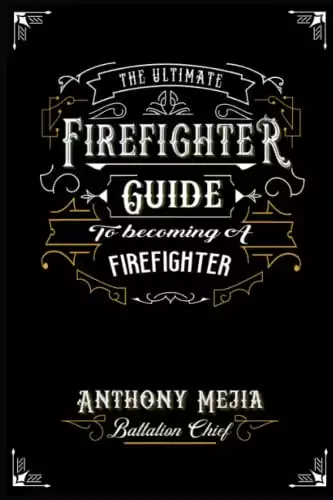We may receive compensation when you click on product links from our partners. For more information, please see our disclosure policy.
Last Updated on January 4, 2025
First responders are responsible for responding to emergencies involving the safety of life. These include police, firefighters, paramedics, and other emergency personnel who rescue citizens from hazardous conditions. The first responder’s career choice requires an extremely high level of emotional maturity and stability.
This type of job requires a great deal of physical strength to prevent injury and the ability to make quick decisions without the supervision of superiors.
What This Article Covers
- The critical role and responsibilities of first responders in ensuring public safety during emergencies.
- The physical and emotional demands required for a successful career as a first responder.
- Key entry-level requirements for first responders include education, training, and certifications.
- Employment paths for first responders, including police academy training and its duration.
- Opportunities for military personnel to transition into law enforcement or first responder roles.
- Specific requirements for police officers include education, physical tests, and training duration.
- Steps to become a firefighter, from entry-level exams to advanced certifications through experience.
- The rigorous training and continuing education required for emergency medical technicians to maintain their certifications.
Want to help?
Many individuals find it rewarding to help people during times of crisis; however, this career choice is not for everyone. Although salaries vary depending on education level, experience, and skill level, there is still little room for error during stressful or dangerous situations where lives are at risk. It can be complex to undertake these life-threatening tasks daily. Additionally, one may be under scrutiny from the public or media if one makes an innocent mistake or even an error in judgment while trying to help others.
Requirements
Entry-level requirements for first responders vary from country to country and from state to state. Although there are no formal education requirements for firefighters or paramedics, most states require a high school diploma or GED and certification that one has passed a physical examination and completed an introductory training course within 24-36 months of being employed. Visit cprcertificationnow.com for great CPR certification. Local fire departments also look at whether individuals have previous experience in the field before
Employment
To be employed by law enforcement agencies, applicants must complete police academy training typically 12 to 14 weeks long. In many cases, this must be done after employment is attained and before one can work as a full-fledged police officer.
Military
Military personnel may find it easy to become employed as first responders once their service has been completed. There are three ways that someone with military experience can enter into law enforcement: take the civil service exam, compete for a position through a lateral entry program, or take a direct commission route. The first two options typically require an associate’s degree but do not require previous law enforcement experience. Individuals with no prior law enforcement training may apply for these positions if they have two years of specialized military background and pass written exams and physical ability tests.
Police
The requirements for police officers may also vary locally within the same state, depending on the agency. For example, Los Angeles County requires potential recruits to possess an associate’s degree. In contrast, other counties only need at least 60
Firefighter
A similar process is required in most states when applying to become a firefighter. Younger individuals who are just beginning to gain experience in the field may be hired as firefighters or cadets after passing physical and written exams. After two years of employment and achieving a high score on an open exam, they can become a certified firefighter. A higher level of certification can be earned once an individual has been employed for three years and has gained sufficient experience working alongside experienced firefighters.
Training
In addition to passing physical ability tests, individuals who want to be emergency medical technicians must complete over 200 hours of training from a licensed agency to do the job. They are required by law to maintain their certification by completing 48 hours of continuing education every two years.
Many states look at whether potential first responders have previous experience in their respective fields when
Summary
Pursuing a career as a first responder is both challenging and rewarding, requiring physical strength, emotional resilience, and a commitment to helping others. By understanding the training, requirements, and career paths available, you can take the necessary steps to succeed in this vital role. With the right preparation and determination, you can make a meaningful impact in the lives of others while building a fulfilling career.
The Ultimate Firefighter Guide to Become a Firefighter, written by a 21-year Battalion Chief of the fire service, is a passionate and inspiring book that delves deep into the world of firefighting. With firsthand knowledge and experience, the author takes the reader on a journey through the steps needed to become a firefighter, sharing valuable insight and advice along the way.




